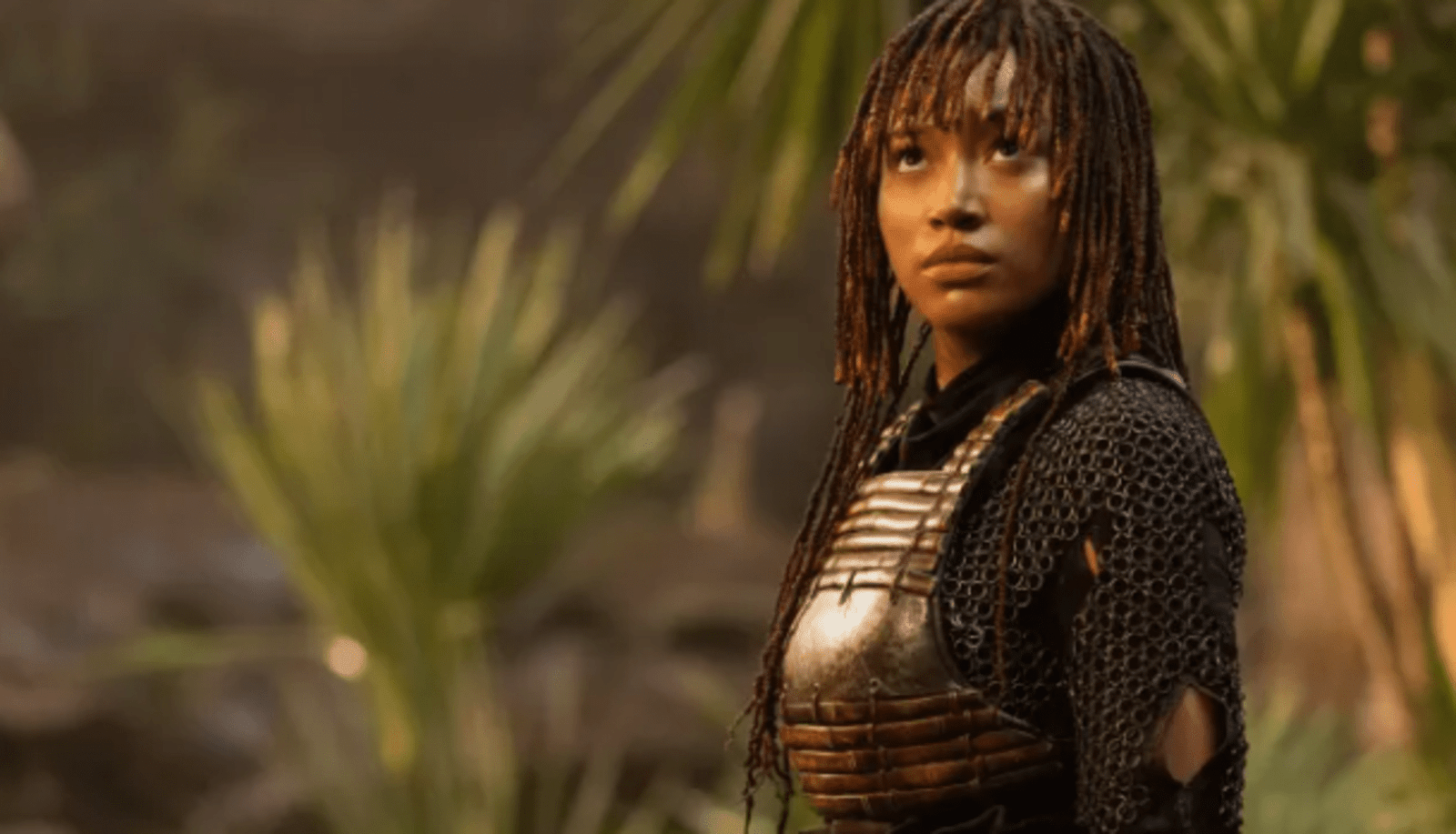
A Costly Gamble: The Fall of The Acolyte.The Acolyte: A Star Wars Experiment Gone Dark
The High Stakes of Television
The abrupt end of The Acolyte serves as a stark reminder of the precarious balance between critical praise, audience engagement, and financial viability in the realm of high-stakes television. This ambitious venture into the uncharted territory of the High Republic era of Star Wars was a bold gamble that ultimately didn’t pay off. The series aimed to captivate audiences with its exploration of a new era, but it failed to resonate with viewers on a broad scale. This unfortunate outcome underscores the challenges faced by creators in balancing artistic vision with commercial expectations in today’s competitive entertainment landscape. A Costly Gamble: The Fall of The Acolyte
A Storm of Controversy
From its inception, The Acolyte was a lightning rod for controversy. Its casting choices ignited a fervent debate about diversity and representation in the Star Wars galaxy, while its narrative approach, exploring the shadowy underbelly of the High Republic, divided fans and critics alike. The series became a battleground for cultural clashes, with online discourse often descending into vitriolic acrimony.

A Tale of Two Receptions
While The Acolyte garnered a respectable 78% critics’ rating on Rotten Tomatoes, it faced a starkly different reception from its audience. A dismal 18% audience score on the platform revealed a deep-seated dissatisfaction among viewers. This stark contrast between critical acclaim and audience rejection painted a complex picture of the series’ impact. Coupled with reports of underwhelming viewership numbers, it became evident that The Acolyte struggled to connect with a broad audience, casting a long shadow over its future prospects.
The series’ failure to resonate with viewers, despite critical praise, highlights the importance of audience engagement in the success of a television show. In an era where viewer opinions are amplified through social media and online platforms, a strong connection with the audience is crucial for long-term viability.
A Pricey Gamble
The series’ astronomical budget of $180 million for eight episodes raised eyebrows from the outset. Such a massive investment demanded a commensurate return on investment, a metric The Acolyte failed to achieve. While the series showcased impressive production values and visual effects, many critics argued that the lavish expenditure was not reflected in the storytelling or character development.
In contrast, Andor carved a distinct path. While it too faced initial viewership hurdles, its narrative depth and character-centric focus ultimately captivated audiences. Rooted firmly in the established Star Wars lore, Andor offered a gritty exploration of the Rebellion’s genesis. By prioritizing character arcs over spectacle, it cultivated a devoted following. Andor’s success demonstrates the compelling power of genuine storytelling. Even within a fantastical setting like the Star Wars universe, audiences respond strongly to characters they can connect with on a human level.
The High Stakes of Original Storytelling
A Bold Gamble in the Star Wars Universe
A daring departure from the familiar Star Wars narrative, The Acolyte. By venturing into the uncharted territory of the High Republic era, the series sought to enrich the franchise’s mythology and introduce a fresh cast of characters. This ambitious endeavor was a high-stakes gamble that aimed to captivate audiences with its innovative storytelling. Balancing originality with the demands of a well-established fanbase proved to be a formidable challenge for The Acolyte. The series’ innovative approach, while commendable, struggled to resonate with audiences accustomed to the familiar tropes of the Star Wars universe.
The series’ focus on world-building and character development, while essential for long-term storytelling, may have alienated viewers accustomed to the more action-packed and familiar elements of the Star Wars franchise.
Ultimately, The Acolyte’s experiment in original storytelling serves as a reminder of the risks and rewards associated with venturing beyond established formulas. While it may have fallen short of expectations, the series’ willingness to explore new ground is a testament to the franchise’s potential for growth and evolution.
Without the familiar touchstones of the Skywalker Saga, The Acolyte struggled to capture the imagination of the general audience. The series’ reliance on world-building and character introductions, rather than explosive action sequences or fan service, may have alienated viewers accustomed to the more traditional Star Wars formula.
Lessons Learned
The cancellation of The Acolyte offers valuable lessons for Disney and Lucasfilm. While experimentation is essential for the growth of any franchise, the financial realities of the television industry cannot be ignored. The series’ failure to deliver a substantial return on investment highlights the importance of careful planning and audience engagement in the development of high-budget projects.
Moreover, the intense backlash surrounding the series underscores the challenges of navigating a polarized cultural landscape. The creators of future Star Wars projects must be prepared to engage in open and honest dialogue with fans while maintaining artistic integrity.
The Acolyte may have been a commercial failure, but its legacy as a bold and divisive experiment will undoubtedly be debated for years to come. As the Star Wars franchise continues to evolve, it remains to be seen whether Disney and Lucasfilm will embrace similar levels of risk or opt for a more conservative approach.
The Uncertain Future of the High Republic
The cancellation of The Acolyte casts a shadow over the future of the High Republic era. While the series introduced intriguing characters and concepts, its abrupt ending leaves many unanswered questions. It remains to be seen if Lucasfilm will revisit this period of the Star Wars timeline through other mediums, such as novels or comics.
For now, the High Republic remains a tantalizing yet unfinished chapter in the Star Wars saga, a reminder of the franchise’s potential for both triumph and disappointment.








